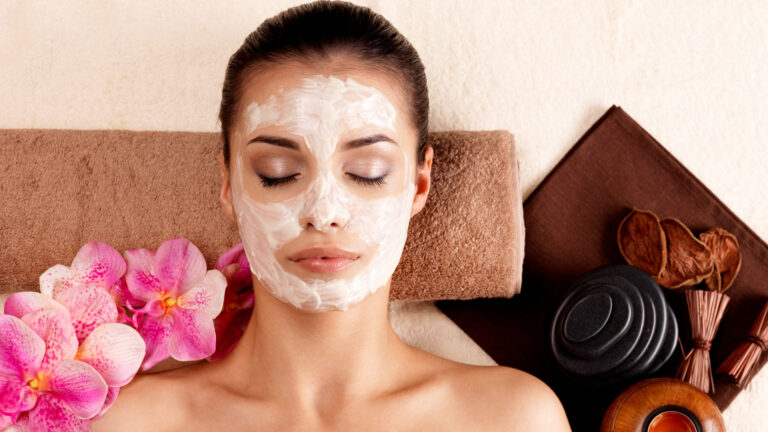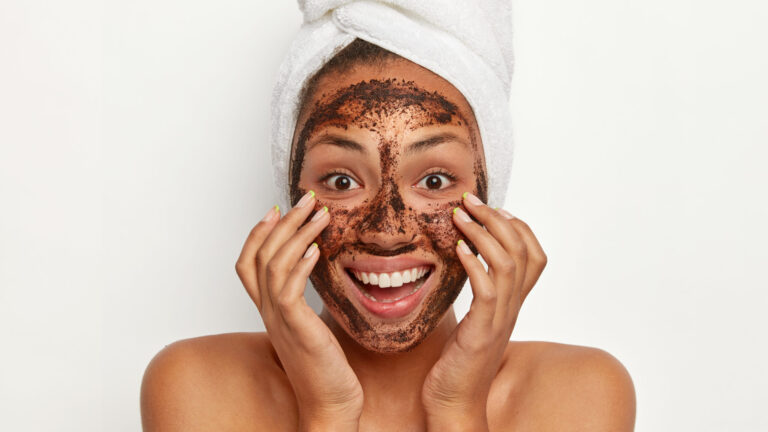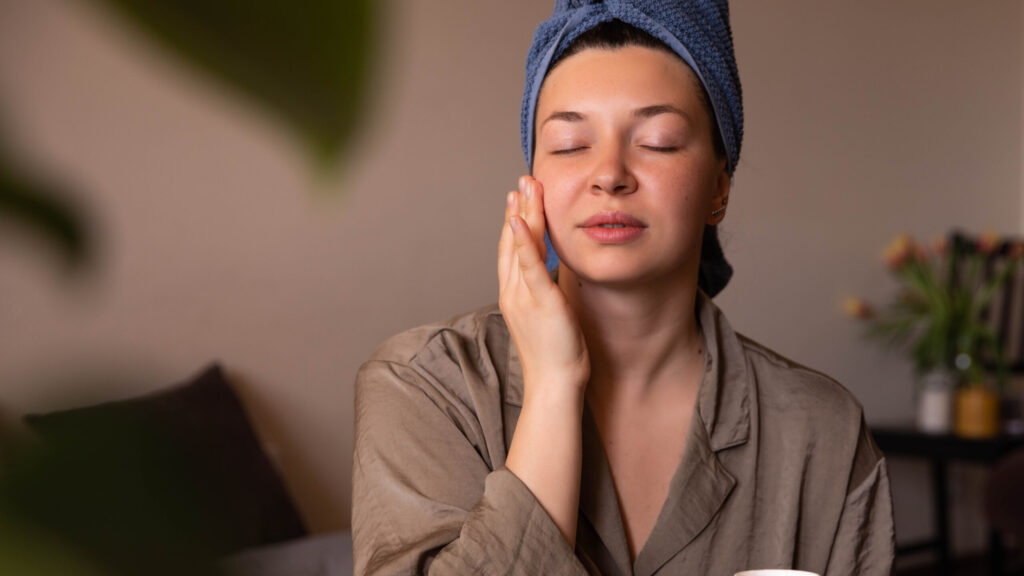The use of a face scrub can help exfoliate dead skin cells and expose a youthful, glowing complexion, making it an essential part of any skincare regimen. But to get the most out of face scrub and prevent any unintended consequences, proper use is imperative. In this blog post, we’ll give you a thorough tutorial on how to use a face scrub correctly so you can get healthy, youthful-looking skin without risking damage or irritability.

- Step 1: Pick the Best Face Scrub: Choose a face scrub that is suitable for your skin type and tackles any issues you may have. To achieve a balanced and productive experience, look for scrubs that have both gentle exfoliating particles and skin-nourishing chemicals.
- Step 2: Cleanse Your Face: Begin by washing your face gently with a facial cleanser. This makes the face scrub more effective by removing grime, oil, and makeup. Garnierusa.com says that you can help remove grime, perspiration, and makeup from the skin’s surface by cleaning first. Exfoliation is the process of removing dead skin cells that can accumulate on the surface of the skin, starting from a clean base.
- Step 3: Dampen Your Skin: Run warm water over your face to dampen it. Hot water should not be used since it can dry up the skin by removing natural oils.
- Step 4: Apply the Face Scrub: Use your fingertips to apply a tiny amount of the face scrub on your face. Gently use circular motions to massage it over your damp skin, paying special attention to the forehead, nose, and chin. Be careful when near the sensitive eye area.
- Step 5: Use Gentle Pressure: Use little pressure as you massage the face scrub into your skin in step five, using gentle pressure. To avoid causing irritation or microtears, don’t scrub too hard. Allow the scrub’s exfoliating components to do their thing.
- Step 6: Concentrate on Problem Areas: Pay close attention to any areas that are prone to dry patches, blackheads, or congestion. However, be aware of how sensitive your skin is and modify the pressure as necessary.
- Step 7: Completely rinse: Use lukewarm water to completely rinse your face after scrubbing for around 1-2 minutes. Make sure there is no residue left on the skin because it could irritate it or block pores.
- Step 8: Pat dry before moisturizing: Use a soft towel to gently pat your face dry. To replenish moisture and nourish your recently exfoliated skin, apply a moisturizer right away. Maintaining the skin’s moisture and barrier function requires this action.
- Step 9: Frequency of Use: Based on the sensitivity and requirements of your skin, choose the best frequency for using a face scrub. Utilizing a face scrub 1-3 times per week is adequate for the majority of people. If you have sensitive skin, however, you should only use it once per week or choose a gentler exfoliant.
- Step 10: Listen to your skin: Pay close attention to how the face cleanse affects your skin. Reduce the frequency of application or try a milder formula if you feel excessive redness, irritation, or pain. Always put your skin’s health and well-being first.

Additional tips:
- Perform a patch: Perform a patch test on a small area of your skin before using a new face scrub to check for any negative reactions or allergies. When it comes to delicate or reactive skin, this is extremely crucial.
- Avoid Active Breakouts: It’s advisable to avoid using a face scrub on your face if you have open wounds or active acne breakouts there. Scrubbing can make the skin more irritated, spread bacteria, and even make the disease worse.
- Pick the Right Exfoliating Particles: Different exfoliating particles, including sugar, salt, jojoba beads, or chopped almonds, can be used in face scrubs. Choose a scrub with smaller granules for a more mild exfoliation experience and keep in mind how sensitive your skin is.
- Avoid Over-Exfoliating: Exfoliation is helpful, but too much rubbing can damage the skin’s protective layer, causing dryness, irritation, or inflammation. Follow the suggested frequency and make adjustments based on your skin’s reaction.
- Adaptation for Different Skin Types: Make your face-scrubbing routine specific to your skin type. Choose a softer scrub if you have dry or sensitive skin, and think about exfoliating less regularly. Select a scrub for oily or acne-prone skin that helps manage excess oil and unclog pores.
- Use carefully: A face cleanse shouldn’t be used immediately before a significant event or if you want to be in direct sunlight. It’s best to plan your scrub sessions around the fact that freshly exfoliated skin is more susceptible to UV damage.
- Hydration is the next step: It’s critical to restore the moisture levels in the skin after exfoliating. To seal in moisture and hydrate just-exfoliated skin, use a moisturizing toner, serum, or moisturizer.
- Avoid Harsh Ingredients: Be wary of face washes that contain abrasive ingredients like synthetic perfumes, synthetic chemicals, or synthetic additions. These could irritate the skin and throw off its normal equilibrium. Choose natural or organic products whenever you can.
- Take Professional Exfoliation into Consideration: Depending on your skin issues, it could be advantageous to combine routine face scrubs with professional exfoliation procedures like chemical peels or microdermabrasion. The optimal course of action for your skin can be determined by consulting a skincare expert.
- Pay attention to your skin: Each person’s skin is different. Observe how your skin reacts to the face scrub and modify your routine as necessary. Reduce the frequency of application or switch to a gentler exfoliation technique if you experience any sensitivity or discomfort.
By including these suggestions in your face-scrubbing routine, you may maximize the advantages of exfoliation and encourage a glowing, healthy complexion. For the best outcomes, keep in mind to be kind, consistent, and aware of your skin’s demands.

To sum it up...
Your skin may be revitalized and transformed with a properly executed face scrub routine, leaving it smooth, luminous, and ready to absorb additional skincare products. You may successfully include a face scrub in your skincare routine by following this step-by-step approach and being aware of the requirements of your skin. Keep in mind to be careful, pay attention to your skin, and enjoy the path to a healthy-looking complexion.
Can Microdermabrasion Remove Acne Scars? Read this blog to find out more.
Are Micro-needling Results Permanent For Acne Scars? Read this blog to find out more.

